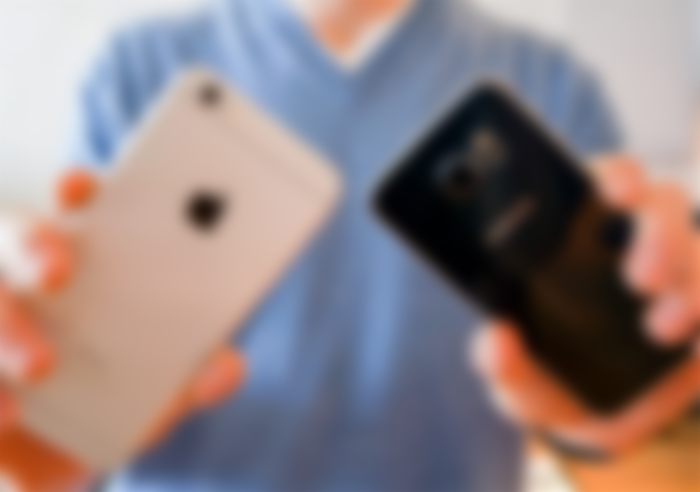Let's summarize how the two companies that dominated the smartphone market spent the last two years. Apple lost market share, lost profitability, and a third of its share value melted while sticking to a single model, single design strategy. Samsung, on the other hand, increased its market share, ahead of Apple for the first time in terms of profit from mobile devices. Samsung has achieved this by constantly releasing new models and allocating substantial budgets for advertising and other promotional activities. However, while these two companies focused on fighting each other, they faced a third competitor: the others. LG, Lenovo, and others led by Sony have managed to grow, especially in emerging markets, reducing the overall global market share of Apple and Samsung.

If we look at product strategies, these two companies are at opposite ends of the spectrum. While Apple continues with a single model (although cheaper iPhone models are always on the agenda, no definitive explanation has been made), Samsung is pursuing a strategy based on offering a separate model for almost every need. Models created by combining different features such as small screen, large screen, stylus pen, water resistance, dual sim card, zoom camera in different combinations, and names that are difficult to follow.
Apple suffers from ignoring other segments and emerging markets while avoiding the damage to the premium perception of its phones with a single iPhone. An "iPhone mini" to be released carries the risk that the iPhone will start to be perceived as an overly mass market phone. In this sense, it can be said that Apple is in a big dilemma. While the iTunes Store, which is still the most comprehensive store in terms of content and works in integration with all Apple products, continues to be Apple's biggest trump card, it is an indisputable fact that competitors have started to push Apple in terms of product design. The one-piece aluminum HTC One is almost called the “sexiest phone ever” by most review sites, while the Sony Xperia Z stands out with the glass design it uses. This means Apple cannot rely on one of its most important competitive advantages as before.

Samsung's multi-model strategy, on the other hand, not only increases marketing costs, but also raises the problem of "dilution" of brand identity, which is one of the long-term risks of extending the product line. In addition, a version consisting of slightly different models makes it difficult for salespeople to explain the products to the consumer at retail points, makes the decision-making process more mentally tiring for the consumer and increases the perceived risk. In addition to all this, while users demand phones that fit their needs, they don't want a common experience that they can only share with a limited number of users, having phones designed for small niches unlike a designer dress or an expensive watch. Users prefer to have the same phone with a large enough (but not too large) audience, to create a commune around that device and to share their experiences within this commune, to solve problems together, and to explore different methods of using their devices together. From this point of view, a product range consisting of limited number of models with sharp differences may be a more successful strategy. A similar strategy that Nokia and Blackberry are currently trying to implement among their new platforms.

We can predict that as the differences between smartphones get smaller and technologies get closer to each other, the risk of the Apple and Samsung duo being put under even more pressure by their backers will increase. In the long run, as the phones get closer to each other as hardware, it can be expected that the importance of software and complementary services will increase, and over time, phones will become complementary to a service. Until then, these two companies may need to reconsider their product portfolio to keep their place.


